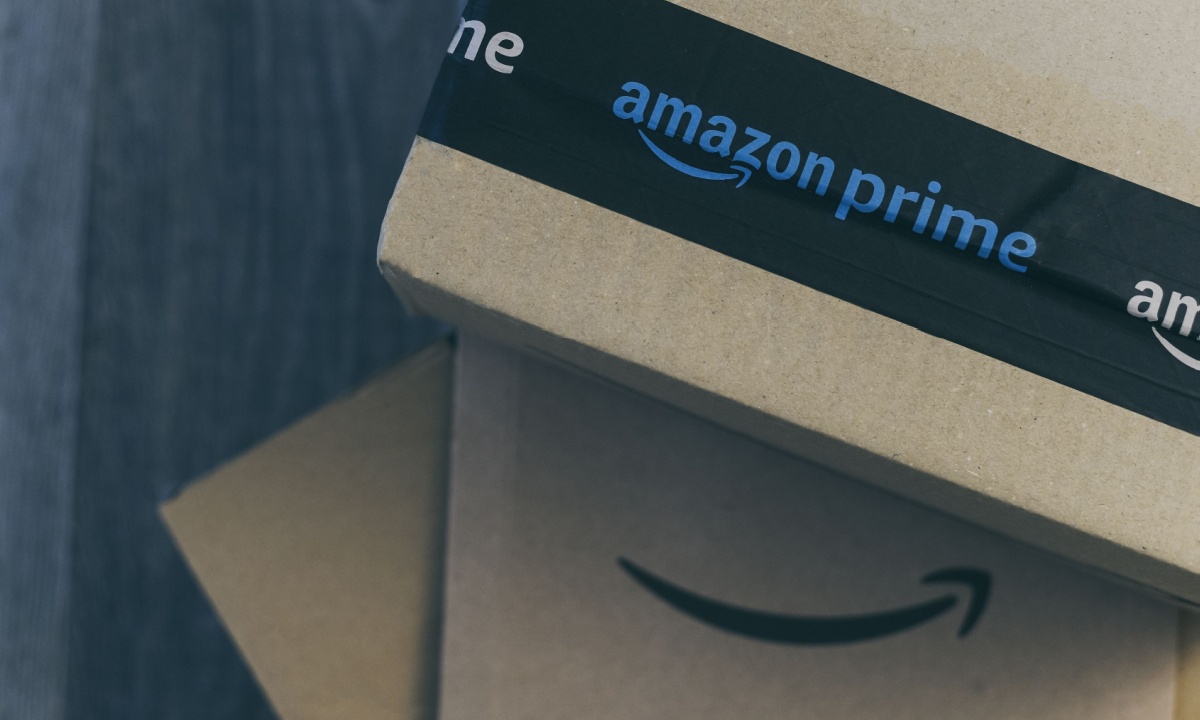Amazon’s sales reportedly dropped 41% on the first day of its four-day Prime Day sales event compared to the first day of last year’s two-day event. [contact-form-7] Momentum Commerce reported that figure for Tuesday (July 8), with Momentum’s Founder and CEO …
Why it matters
- Amazon's significant sales decline on the first day of Prime Day raises questions about changing consumer behavior.
- The drop contrasts sharply with the success of previous Prime Day events, indicating potential challenges ahead for the retail giant.
- This downturn may signal shifting market dynamics, as competitors adapt and innovate in a post-pandemic shopping landscape.
In a surprising turn of events, Amazon's sales on the inaugural day of its recently extended Prime Day event saw a staggering 41% decline compared to the first day of last year’s two-day sale. This stark drop has raised eyebrows among analysts and industry insiders alike, signaling a potential shift in consumer engagement with the retail behemoth.
According to a report from Momentum Commerce, the data reflects a troubling trend for Amazon, which has long relied on its Prime Day sales to boost revenue and market presence during the summer months. The event, which was originally designed to reward Prime members with exclusive deals and discounts, now appears to be losing its allure as shoppers seem less inclined to participate than in previous years.
The drop in sales figures is particularly notable given the ongoing recovery from the pandemic, during which e-commerce experienced unprecedented growth. However, as consumers have returned to in-store shopping experiences, the dynamics of online retail are evolving, and Amazon may be feeling the effects of this shift.
Momentum Commerce's Founder and CEO commented on the findings, suggesting that this decline might indicate a growing sense of fatigue among consumers when it comes to promotional events. “The novelty of Prime Day may be wearing off,” he stated, emphasizing the urgent need for Amazon to reevaluate its promotional strategies to sustain customer interest.
While Prime Day has historically been a time for consumers to snag deals on everything from electronics to household goods, the current economic climate could be influencing purchasing decisions. With rising inflation and economic uncertainty, shoppers might be more cautious with their spending, prioritizing essential items over extravagant purchases. This changing mindset could have substantial implications for a company like Amazon, which thrives on volume sales and high consumer engagement.
Moreover, competition in the e-commerce space has intensified, with other retailers launching similar sales events to capture the attention of bargain-hunters. Companies like Walmart and Target have ramped up their promotional activities, offering competitive deals that challenge Amazon's dominance in the market. As consumers weigh their options, the pressure is on Amazon to differentiate itself and re-engage its customer base.
Despite the disappointing sales numbers, Amazon’s Prime Day is not without its loyal following. The event still attracts millions of shoppers who are eager to find discounts on desired products; however, the overall sentiment surrounding the event is shifting. Analysts suggest that Amazon might need to innovate its approach, potentially incorporating fresh features or unique offerings that resonate with today's consumers.
In response to this downturn, Amazon may consider leveraging data analytics to better understand shopping trends and preferences, allowing them to tailor their marketing strategies accordingly. Enhanced personalization and targeted promotions could help revitalize interest in future sales events, ensuring that Prime Day remains a staple of the retail calendar.
As the retail landscape continues to evolve, Amazon’s ability to adapt will be crucial in maintaining its competitive edge. The company has long been a leader in e-commerce innovation, but the recent sales dip serves as a reminder that even giants can face challenges. Observers will be closely monitoring Amazon's next steps and strategies in the wake of this significant sales drop, eager to see how the company navigates the complexities of modern consumer behavior and market competition.
In conclusion, the 41% sales decline on the first day of Prime Day poses serious questions about consumer interest and market dynamics. As Amazon seeks to reclaim its position as a leader in e-commerce, it will need to innovate and adapt to the changing expectations of its customer base.











